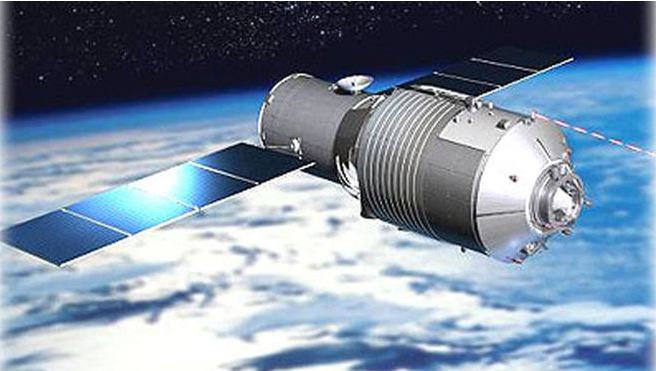
China's 'Tiangong-1' space station has gone out of control for a while now, and as per latest updates, it could fall back down to earth in the coming days. Adding more woes, no space agency in the world has a clear idea of when and where the space debris will make its impact.
Even though nearly 60 percent of the spacecraft will get burnt off as it enters the earth's atmosphere, some big pieces may survive the re-entry, and if it happens, it will not be good news for us.
Tiangong-1, the massive Chinese spacecraft was launched in 2011, and it was the country's first ever crewed space station. The space station module weighs more than 19,000 pounds, and even if 40 percent of the space station re-enters the atmosphere, it would be a massive 8000 pounds capable of bringing about large-scale devastation.
What happened to Tiangong-1?
In usual cases, space agencies who sent probes to space have a safe way to terminate the mission. Vehicles equipped with thrusters usually make use of the reserve fuel to fire those engines, so that it can be dumped safely in oceans. In other cases, another spacecraft will be sent to space with an engine to dock with the expired vehicle. Later, the decayed vehicle will be plunged into some safe locations.
However, in the case of Tiangong-1 some wrong decisions taken by the Chinese Space Agency has resulted in this problem. After its launch in 2011, the Tiangong-1 was not supposed to last past 2013. But the Chinese Space Agency decided to extend its lifespan for another couple of years. Later in 2016, the agency announced that they have lost control over the mammoth space station.
Even though the United States Space Surveillance Network and other Space Agencies across the world are tracking the trajectory of Tiangong-1, nobody has succeeded in predicting the exact area where it is going to hit.
Several experts predict that this space station is going to fall somewhere between 43 degrees North and 43 degrees South latitude on March 2018. If these predictions are right, then it will be safe for humans, as most of the planet's surface in that region is covered by ocean and the land included in this area is unpopulated.
This is not the first time that a man-made space object is making an uncontrollable re-entry into the atmosphere. Previously, Phobos-Grunt, a Russian spacecraft launched in 2011 to reach Mars failed and it was stranded in the Earth's lower orbit. Finally, the 30,000 pounds spacecraft made its re-entry to the Earth, and fortunately, it fell in the Pacific ocean without making any damage. NASA's space station Sky Lab which weighed more than 1,60,000 pounds has also made an uncontrollable entry into the earth's atmosphere.









